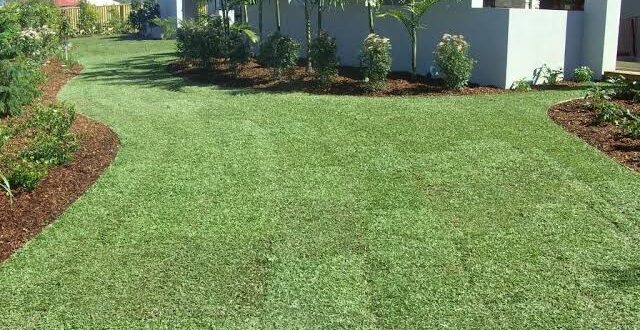Yes, it is correct. Sir Walter grass, along with Matilda, Palmetto, and Sapphire grass, is one of the most popular varieties. They’re all members of the Buffalo clan. The capacity to withstand extreme climatic circumstances and minimum upkeep are two of the most prevalent characteristics they share. Sir Walter has a PBR number of 96/226, much like any other certified grass. You can use it while buying this type of grass from Sydney Lawn And Turf to ensure that the quantity you spend for is the quality you get.
What makes Sir Walter grass turf so special?
If you’re thinking about getting grass for your residence, you’re probably wondering why Sir Walter is so famous in Australia. Here’s a rundown of all the benefits of installing Sir Walter Buffalo turf on your lawn:
- Drought, moisture, and cold temperatures are all well tolerated by the plant.
- It may be planted in both full sun and partial shade, eliminating the need to select separate types of grass for different areas of your yard.
- If there is any harm to the grass, it will soon recover.
- Sir Walter’s density inhibits weeds from growing and water from evaporating as quickly as couches and Kikuyu do.
- Children and pets are not allergic to the grass.
- Because the Sir Walter DNA Certified Buffalo grass is resistant to insects and fungus, there will be almost no requirement to use pesticides or fungicides on your lawn.
- Sir Walter can maintain your home 20 degrees cooler than cement, 40 degrees cooler than artificial turf, and ten degrees cooler than plain dirt.
Buffalo grass maintenance by Sir Walter
Sir Walter, as previously said, needs less upkeep than most other species of grass. However, there are a few ground rules to follow if you want to enjoy beautiful Buffalo turf for decades to come. Keep reading to understand how to care for a Sir Walter Buffalo grass from the start to the end of its life cycle.
Watering
You must maintain the lawn moist for at least two weeks after it has been laid. Allow it to dry out as little as possible and water it as often as feasible. These first few days are critical since this is when the grass will create a robust root system that will aid them during droughts. After these 14 days, you’ll need to water the lawn more deeply but less frequently.
So, the grass has happily planted itself in your yard and has formed a strong root system. But how will you water in the future? Sir Walter demands heavy watering every two weeks during the hot summer months. Watering should be done once a month in the autumn and spring, and not at all in the winter. The optimal time to water the grass, like most other turfs and flowers, is either early in the morning or mid-afternoon.
Conclusion:- Experts suggest implementing wetting chemicals at least twice a year to boost Sir Walter’s ability to process and utilize the water you provide. They have the potential to improve water flow in the soil, allowing the grass and root system to make the most of every drop of water available without wasting any. This substance will be especially effective in the continent’s western regions, where a wax layer coats the soil and frequently prevents the same flow.
 HammBurg Be informed with latest news, reviews, entertainment, lifestyle tips, and much more.
HammBurg Be informed with latest news, reviews, entertainment, lifestyle tips, and much more.




